
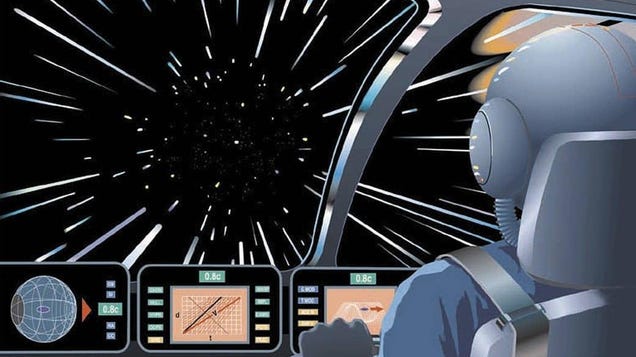
Speculative new research outlines a method for detecting extraterrestrial civilizations: by catching the gravitational waves produced by the collapse, or failure, of their warp drives. Sounds wild, but the concept is grounded in the principles of Einstein’s general relativity.
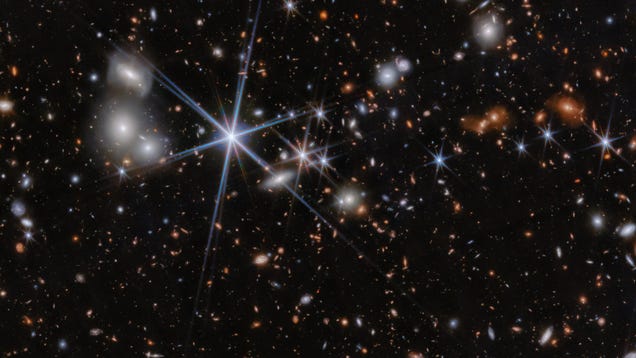
The cutting-edge Webb Space Telescope has spotted the most distant black hole merger yet, which occurred when the universe was just 740 million years old. It’s the first time astronomers have seen a merger so early in the universe’s history, making it a record breaker.
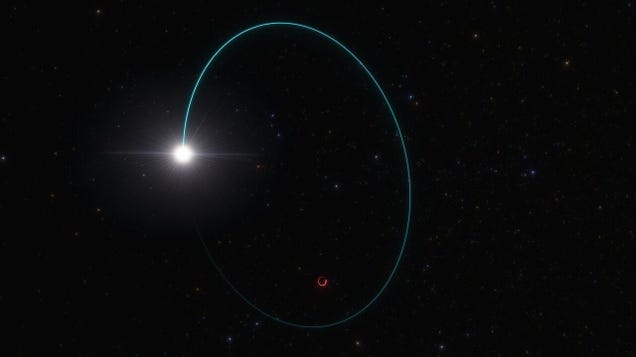
The supermassive black hole at the center of our galaxy is the undisputed heavyweight champion of the Milky Way, but a newly spotted object takes the crown for the most massive stellar black hole known in our galaxy, weighing in at an impressive 33 times the mass of our Sun.
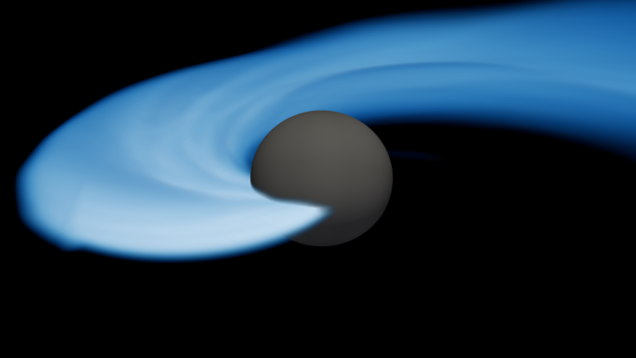
A leading gravitational wave observatory recently detected ripples in spacetime that scientists say came from the collision of a dead, superdense stellar remnant and an unknown object.
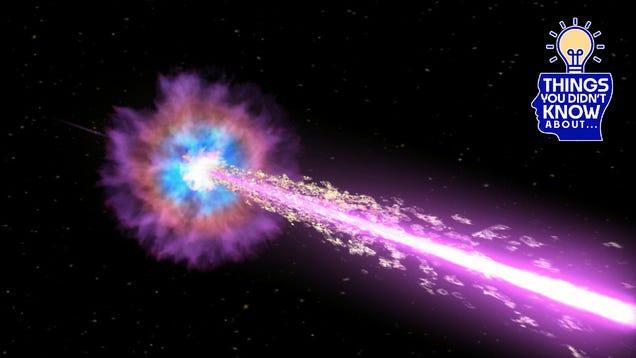
Black holes. Despite their names, the enigmatic objects are opposite of vacuous. They are some of the universe’s densest objects, with masses ranging from the size of stars to several hundred million stars. Their gravitational fields are so intense that not even light can escape them at a certain point, leaving us…
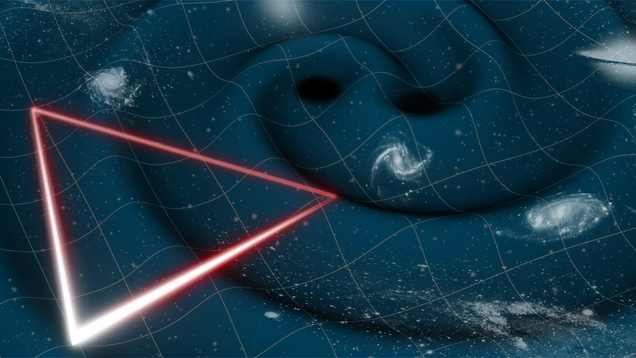
Stay calm, everybody stay calm. But it’s finally happening: The European Space Agency is committing itself to the Laser Interferometer Space Antenna (LISA), a gravitational wave observatory that will study some of the universe’s most enigmatic phenomena.
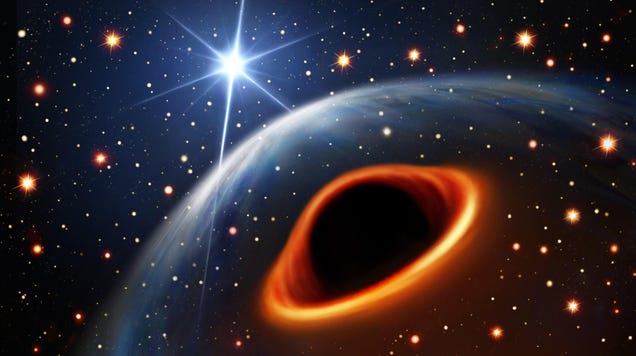
A team of scientists found a compact object 40,000 light-years from Earth that is either a very massive neutron star or an itsy-bitsy black hole, but they’re not sure which.
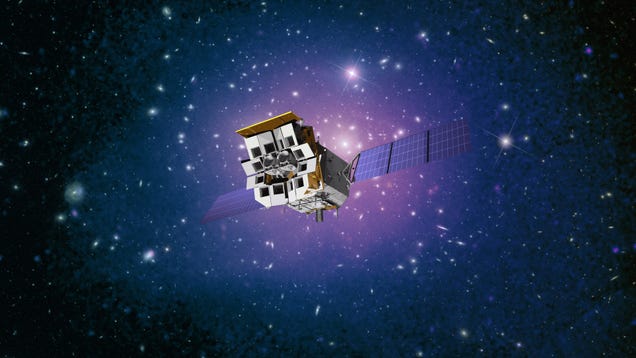
The Einstein Probe, an X-ray telescope managed by the Chinese Academy of Sciences, will be ready to launch next month. The probe will look for transient events in X-ray light and try to answer some fundamental questions about black holes and gravitational waves.

